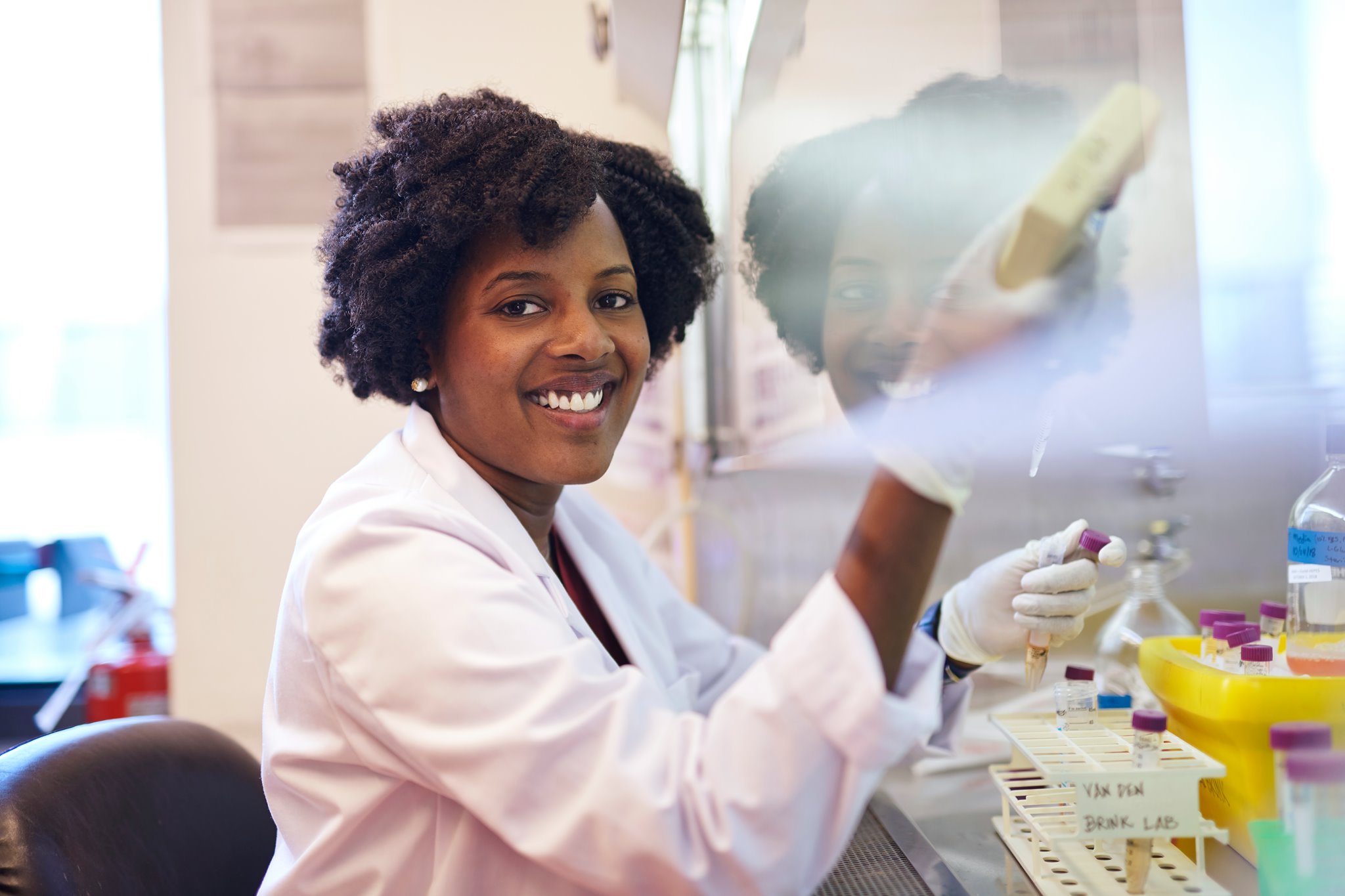
In this edition, Melody Smith, MD, MS, talks about her journey to becoming a physician-scientist. Dr. Smith is Assistant Professor of Medicine in the Bone Marrow Transplant and Cellular Therapy Department at Stanford University.
Where did you grow up? When did you know you wanted to go into medicine and physician science?
I was born in Dallas, and I grew up in Tyler, a small town in East Texas. My interest in medicine was first piqued around the time when I was finishing middle school and starting high school. At that time, several of our family members and close friends were diagnosed with cancer. As I recall, it seemed as though they were diagnosed and shortly thereafter, they passed away. It had an impact on me and made me want to learn more about cancer.
At the same time, I was starting to become more interested in science. In particular, my ninth-grade science teacher was very hands-on and helped me to see that I liked biology.
Was there anyone in your family who was a doctor?
Several family members were nurses, but no one was a physician. However, my parents did have friends who were oncologists. During my school years, some classmates’ parents were oncologists. Knowing I was interested in and curious about the field at that early stage, they helped me to understand more about the profession.
Both of my parents are educators. My dad still teaches government and political science at the community college in Tyler. My mom taught world history in high school and middle school. Neither of them was inclined toward the sciences, but they supported my interest. My parents emphasized education as a priority in our household.
How many siblings did you have?
I am the sixth of 7 children. I have 2 brothers, one of whom is my twin, and 4 sisters. By the time I was in middle school, I already had siblings older than me who had already been through the process of applying to college. So, I got plenty of advice, not only from our parents, but from my older siblings.
Are you close to your siblings?
My siblings and I are very close. While I was living in New York during the early stages of the COVID-19 pandemic, there was so much uncertainty around travel, so we didn’t see each other for a year. To cope with that separation, we started a family call every Sunday night that has continued to this day.
Under normal circumstances, we all get together at least once, if not twice, per year. We also have separate, smaller group meetups more frequently.
We’re close with our parents as well, and we all talk throughout the week. It’s nice that we have maintained that closeness even though we’re now spread out all over the country.
Walk us down your career path. How did you come to specialize in hematology and then transplant and cell therapy?
I was first exposed to hematology as well as transplant and cellular therapy through the American Society of Hematology (ASH).
In college, I was pre-med, majoring in biology and Spanish. For 3 of my 4 years of college, I conducted research as a technician in an entomology lab. We were researching cockroaches, specifically the hormone involved in the molting of the shells of insects. It was very basic science, totally unrelated to what I do now, but it gave me an appreciation for research and got me interested. At that point, I wasn’t sure if I wanted research at the bench to play a role in my future career. I was still very interested in oncology. At Vanderbilt University, everything is located on the same shared campus, so I was able to take advantage of various shadowing opportunities, several of which were in oncology-related specialties.
The summer after my first year of medical school, which is traditionally considered your last free summer, I applied to many different research opportunities. A few years prior, ASH had launched the Minority Medical Student Award Program where you identified a mentor and then worked in their lab. I applied and ended up getting paired with two investigators, Edmund K. Waller, MD, PhD, FACP, and Christopher Flowers, MD. Working in their lab was my first exposure to transplant research.
The project was in mouse models, and I absolutely loved it. From then on, I realized I wanted to be a physician-scientist and not only take care of patients, but also do research that could potentially lead to new therapeutics or understandings of how to better treat patients. I ended up going back to their lab for a second summer and continuing with that project. Subsequently, after my third year of medical school, I took a year off to have even more in-depth time at the bench. I completed a year of research in a transplant lab at the National Institutes of Health under the mentorship of John Barrett, MD.
Upon graduating from medical school, I completed my internal medicine residency and began looking for fellowship programs where I could train and develop as a physician scientist. I completed my fellowship at Memorial Sloan Kettering. During fellowship, you also have the opportunity to do research, so I was in the lab of my mentor, Marcel van den Brink, MD, PhD, for a total of 8 years before I launched my independent lab.
What do you think it means to be a good mentor?
I think the common quality among my mentors that most helped to facilitate my journey was honesty. My mentors always gave me honest critiques as well as positive or negative feedback when necessary, reinforcing what I was doing well and what I needed to work on. I could trust that they were being forthright. Consistency is also key. For example, I’ve known Dr. Flowers and Dr. Waller since I was a first-year medical student. Having mentors who know you and what you value can help guide your path.
When I was applying to residency and fellowship, having people whom I could reach out to with questions was helpful, as well. I could contact Dr. Flowers and Dr. Waller and say, “These are the places I’m thinking of. What are your thoughts?” I’m grateful that they made themselves available to answer my questions.
Tell us about your approach to mentoring.
I’m still developing my approach, but I’d like to emulate the consistency my mentors have shown. For example, since leaving Memorial Sloan Kettering for Stanford University, I’m no longer at the same institution as the graduate student who I mentored during my post-doc. Even though I’m not physically there, we still have a set time to meet every two weeks, where she can come and share the data she’s generated. Outside of our meetings, she can reach out anytime she has a question.
I think it’s also important to know how to allow mentees to ask questions while taking ownership of their work. My mentors have given me the opportunity to troubleshoot, and potentially make mistakes, but learn from them. Those experiences have been very valuable. I want my mentee to feel like she’s driving the project forward, but that I’m here to provide wisdom and insight from my own experience. My experiences with my mentors have been helpful to me as I develop my own approach to mentoring. I’m utilizing the things that I’ve benefited from and applying them in these new relationships.
What advice would you give fellows and early career professionals who may be struggling to find their career focus?
Fellowship provides an opportunity to explore different aspects of clinical care and research. I would encourage fellows to gravitate towards what most excites them intellectually. When you find something that you are curious about and that you think could sustain your enthusiasm and interest over time, that might be what you want to focus on. Additionally, it’s important to find people to help guide you and help you find an open niche where you can contribute.
In basic science research, for example, there may be stretches of time where an experiment might not be working, but if you are still very curious and passionate about that subject, you’re going to be able to work through those challenges to hopefully achieve success.
What do you think are the most exciting areas in transplant and cellular therapy right now?
To me, the most exciting areas are those in which we need to make the biggest improvements—to think about how to further improve upon the developments and successes we’ve already had.
In transplant, I would say the most interesting areas are:
- ways to reduce the potential for relapse after transplant and develop strategies for graft engineering that might mediate that;
- how to make transplant safer, thereby reducing some of the transplant-related mortality that’s not due to relapse;
- strategies for decreasing the toxicities that are associated with conditioning for transplant
Thinking about cellular therapy, I would say the following areas are most exciting:
- ways to improve CAR activity and persistence;
- how to mitigate some of the potential limitations associated with exhaustion of CAR T cells;
- thinking about the best T-cell products
One of my specific areas of interest is developing off-the-shelf CAR T-cell therapies using allogeneic CAR T cells, as well as cellular therapies that we can develop that are effective for solid tumors, not just hematologic malignancies.
How do you spend your time outside of work, and whom do you spend your time with?
Outside of work, I primarily spend my time with my husband. He works in consulting and although there’s some overlap in what we do, it’s nice that our conversations don’t solely hinge on work-related topics.
We are working on our golf and tennis games and enjoying the weather in California, having moved recently from New York. My dad passed his passion for running down to his kids, including me, so I like to run, either alone or with my husband.
When I was younger, I played the oboe. And since the pandemic began, I’ve started playing again consistently. I’ll come home from work and spend an hour and a half playing—it’s been very relaxing and therapeutic.
What is one thing most people would be surprised to learn about you?
I enjoy learning languages. I speak Spanish fluently and used to have conversational skills in French and Portuguese, which I studied in college. I also love art, especially impressionist art. If I weren’t in medicine and science, I think I would’ve wanted to be a museum curator.

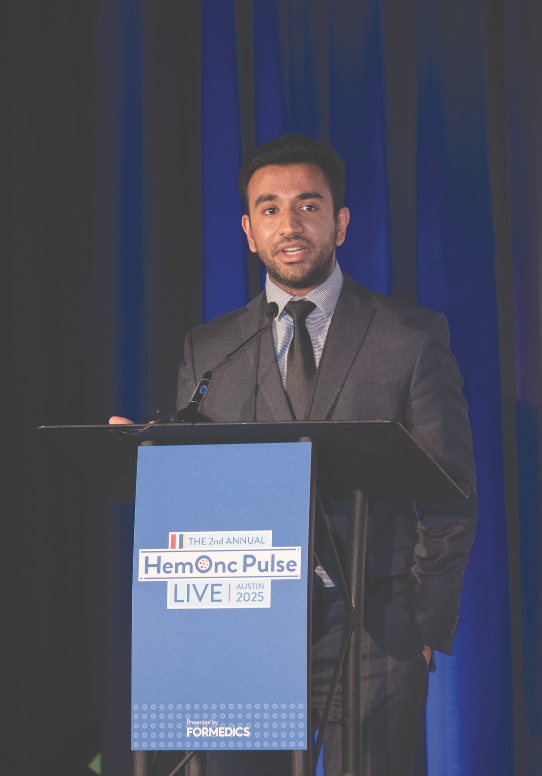
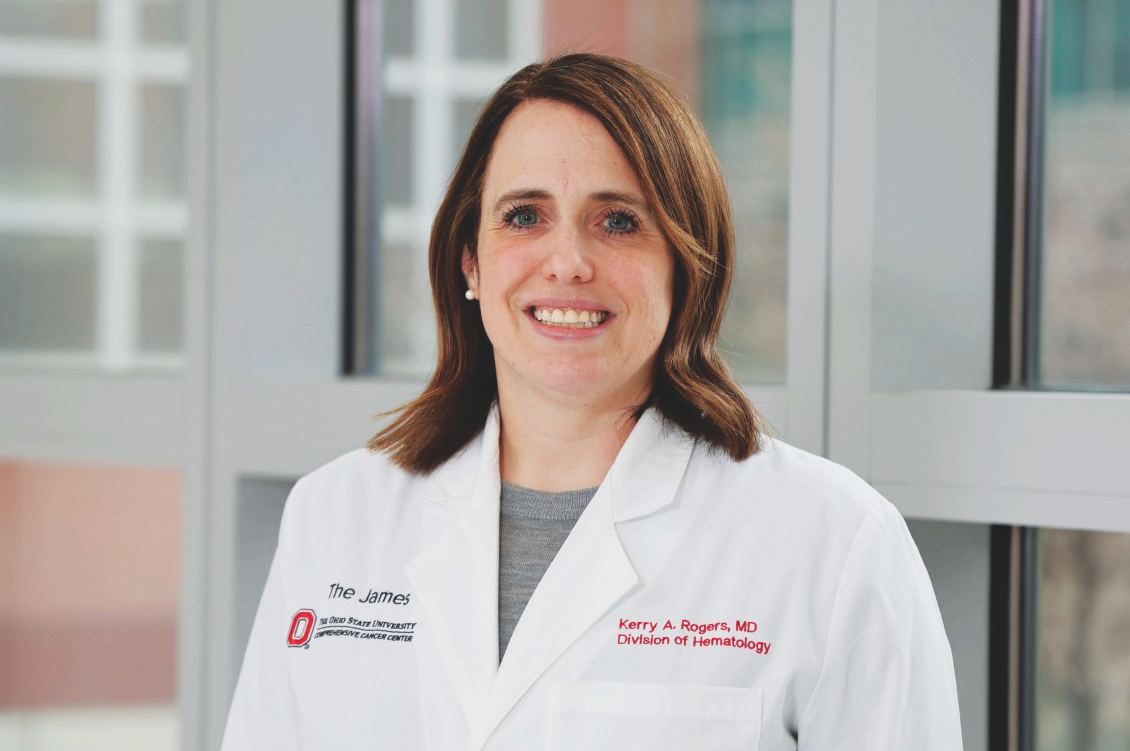
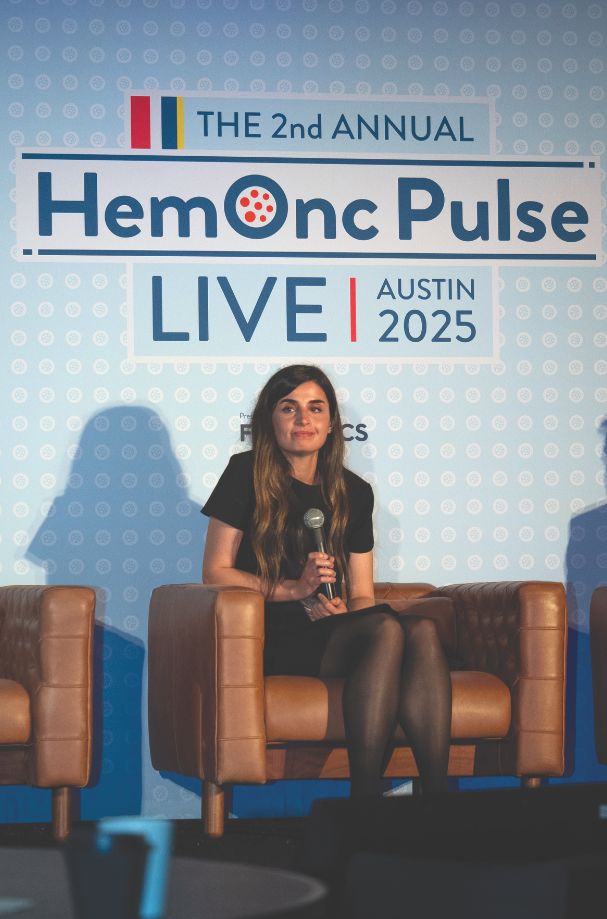
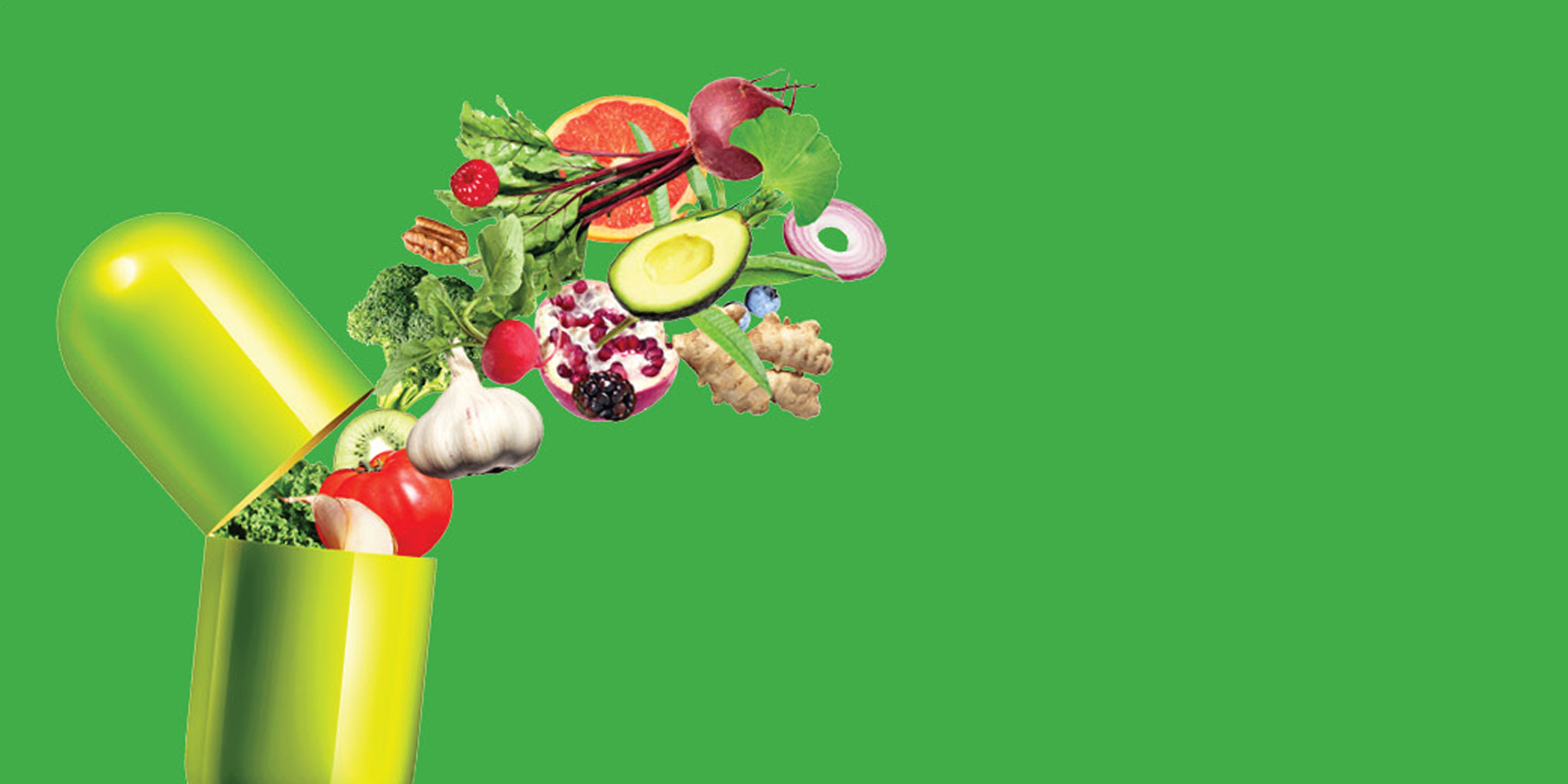

 © 2025 Mashup Media, LLC, a Formedics Property. All Rights Reserved.
© 2025 Mashup Media, LLC, a Formedics Property. All Rights Reserved.